







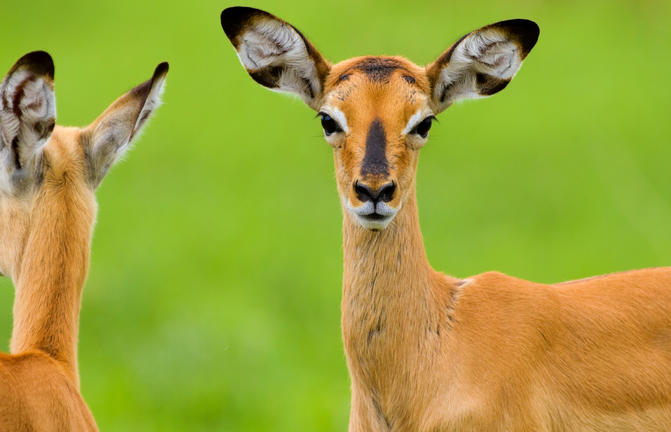
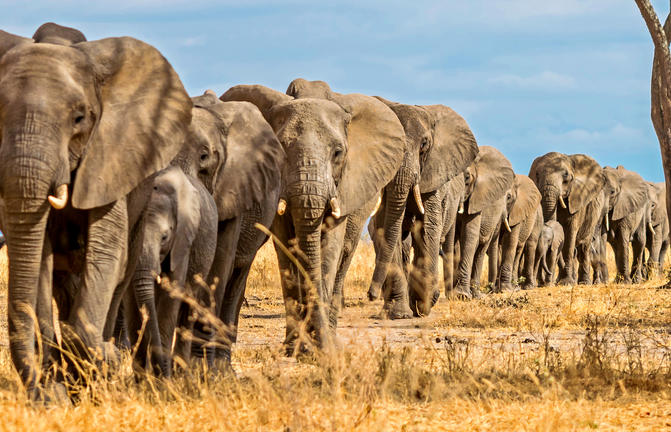
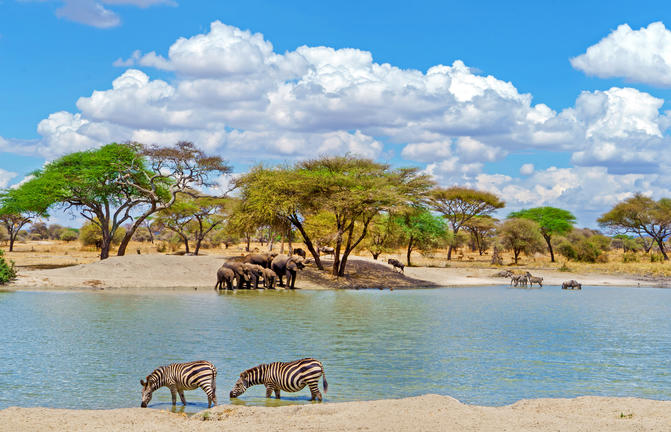
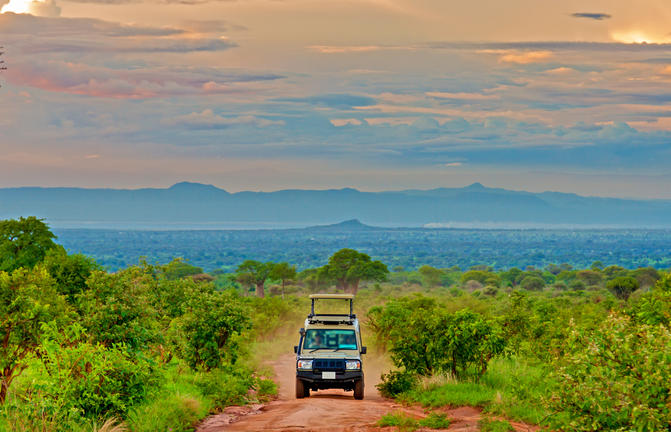
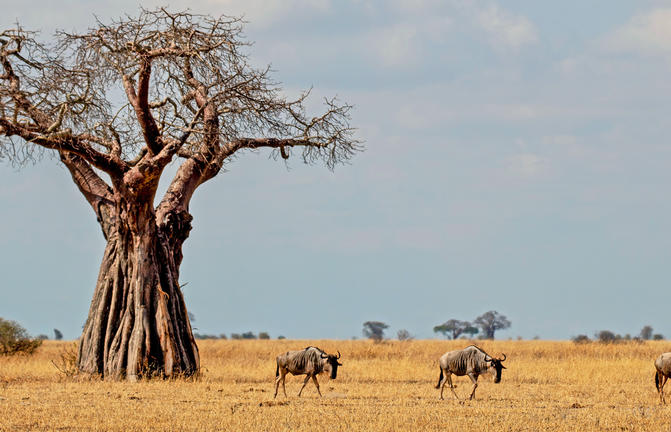
After the Serengeti, Tarangire has the greatest concentration of wildlife in Tanzania and in the dry season the Tarangire River is a magnet for thirsty wildlife. Large herds of elephants and migratory wildebeest, zebra, buffalo, impala, gazelle, hartebeest and eland gather and not surprisingly the predators follow. This is also the one place in Tanzania where dry-country antelope such as oryx and gerenuk are regularly spotted. Tarangire is also known for its spectacular baobab trees, and its breathtaking views of the Masaai Steppe and the mountains to the south.
As the main road heads west out of the town of Arusha, across the largely arid Maasai steppe, the landscape becomes increasingly rural, with tin towns giving way to thatched settlements and domestic herds being increasingly interspersed with zebra and wildebeest. After around 60km the right turning to Manyara, Ngorongoro and Serengeti is reached. Ignoring this turn, the road continues another 20km to a dirt track turning on the left, leading 5km to the main gate of Tarangire National Park.
The park covers an impressive 2600 square kilometres and measures roughly 100km north to south by 25km east to west. The landscape is largely made up of gently undulating wooded hills, interspersed by the occasional hill or kopje.
The northern sector of the park is flatter than the heart of the park and contains only seasonal water holes, but it does contain some of the most impressive baobab trees.
The heart of the park is the Tarangire river valley. This river rises at the foot of the rift valley escarpment to the west and arcs around through the reserve before evaporating from its terminus at Lake Burungi. This is the only reliable year round source of water for game not only within the park, but over a huge area of around 20,000 square kilometres. This game therefore migrates into the park during the dry season July to October and gathers here in very high densities, largely centred on this river valley.
Further south in the park lie the Silale Swamps, large open wetland areas which sustain good levels of game, especially elephant, for a good period of the year, but which may not last right through the dry season.
There are further substantial waterholes in the remote southern end of the park, but these are very rarely visited.
The weather at this time is generally bright, sunny and warm, but with one in three days experiencing showers.
It should also be noted that this period between the short and long rains can also experience severe downpours and prolonged periods of adverse weather, although this is considerably less likely here than in Manyara and Ngorongoro.
Tarangire gameviewing
By this period the short rains, which should have started early November but which are often unpredictable, will almost certainly have been experienced in some shape or form. Most likely there will have been light showers and the odd downpour on and off both preceding and throughout this period.
As this rain slowly starts to replenish the groundwater in the seasonal waterhole areas, the game will move out from Tarangire. By mid January this effect is usually be quite pronounced. Additionally the grass should be starting to recover, providing better cover for the animals that do remain. All of which means that although the park can be looking absolutely beautiful, it can seem relatively thin on game.
Tsetse fly can also be on the increase in some areas.
This is low season for Tarangire and most safaris will be bypassing the park completely. Traffic avoidance should therefore not be an issue, although it is still a good idea to stay within the reserve itself in order to gain access to the more remote southern areas, which you should have to yourself at this time.
Any Northern Tanzania Safari should ideally include a visit to Ngorongoro Crater: it is one of the most beautiful natural wildlife safari sites in the world and an exceptional place to interact with people from the Maasai tribe.
The Ngorongoro Crater and surrounding highlands together form one of Africa's most beautiful regions. Volcanic craters form stunning backdrops to some of the most fertile and richest grazing grounds in Africa. The most famous such crater is without question Ngorongoro, the world’s largest intact volcanic caldera and home to the highest density of big game in Africa, including all the big five and plenty of predators. Ngorongoro is justifiably one of the continent's most famous safari destinations.
Day trip or Game drive into the crater.
A day trip or morning game drive down into the Crater is the best place in Tanzania to see 'The Big Five', with a healthy population of black rhino and some of the largest tusker elephants left in Africa today, but the crater is also home to good populations of lion, leopard and hyena along with healthy herds of wildebeest, buffalo and zebra. Other wildlife here includes serval cat, cheetah, jackal, Grant's and Thompson's gazelle, flamingo and bat-eared foxes, as well as approximately 400 species of bird.
Activities inside the Ngorongoro Crater itself are limited to game driving; there are a couple of picnic spots in the park, but getting out of the vehicle is strictly limited to these areas. However, a full range of activities is on offer in the wider Ngorongoro Conservation Area, including walking, trekking, excursions to Olduvai Gorge and visiting the Masai and other tribes.
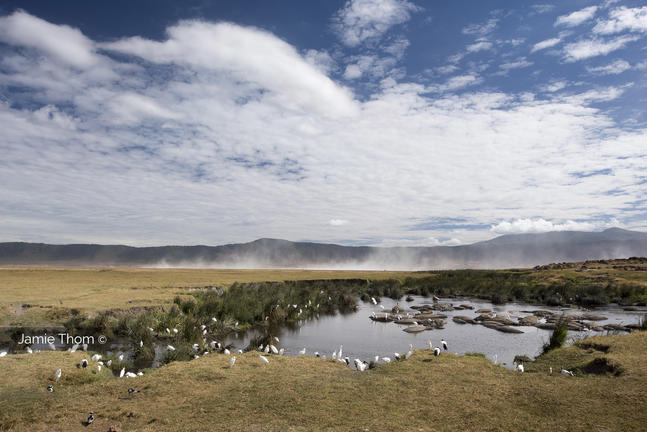

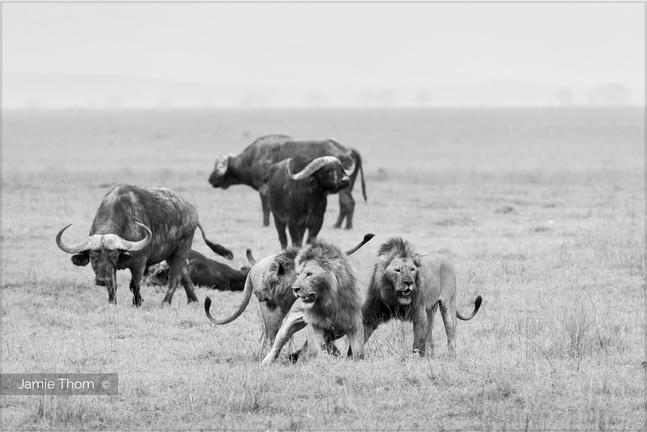
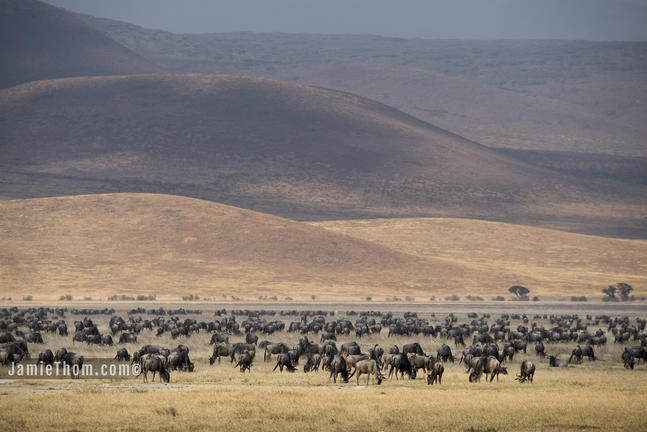
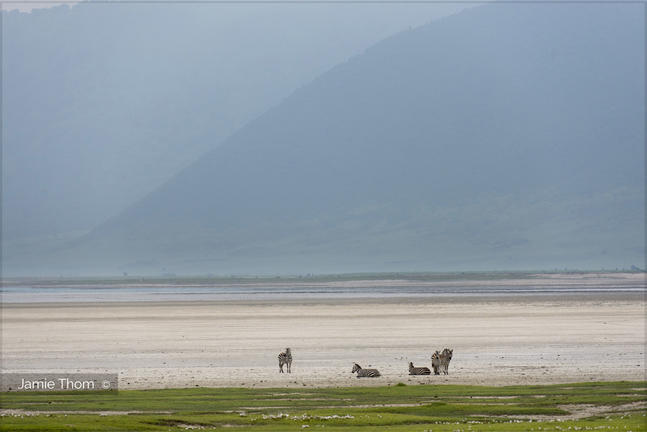
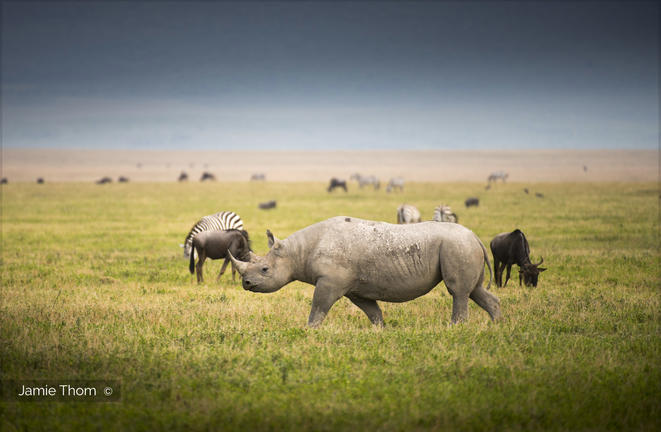
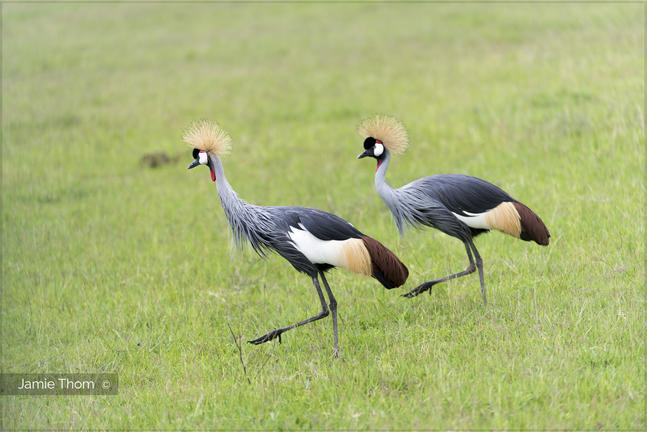

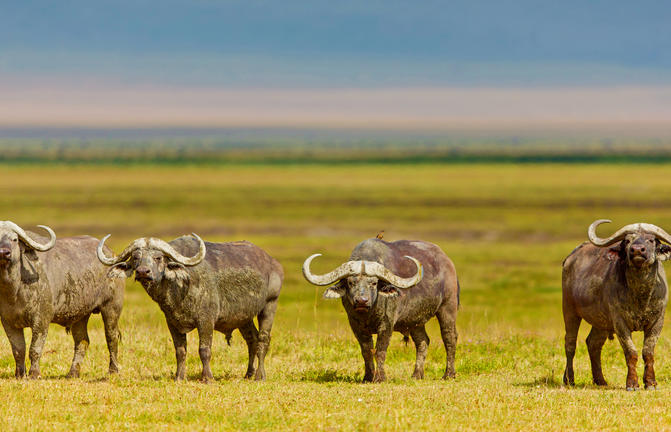


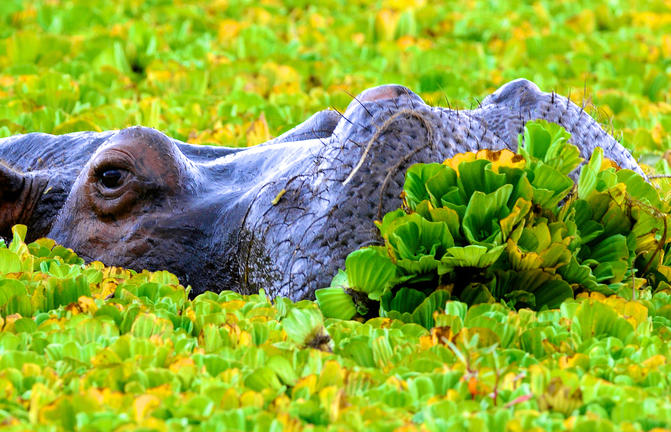

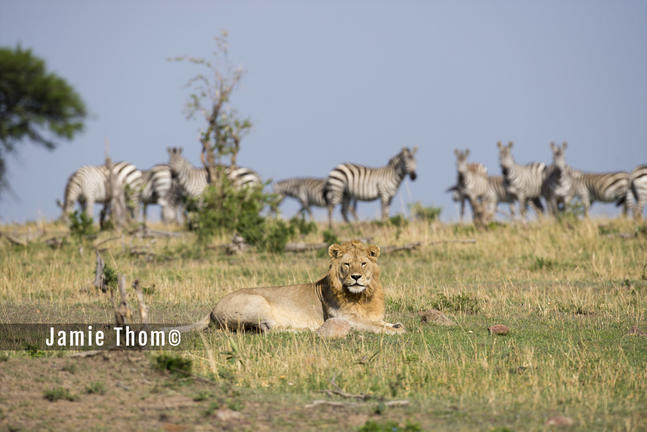
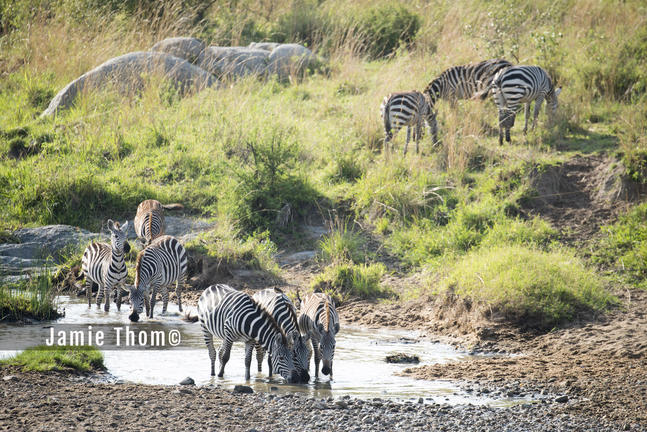
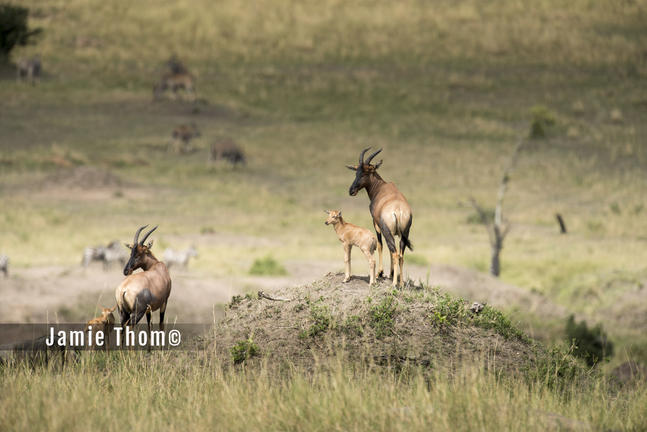








The Serengeti together with Kenya’s Masai Mara Game Park form Africa’s most famous wildlife park. The image of acacia trees on an endless grass plain epitomises Africa for many, and then add a Masai warrior and some cattle to the picture and the conversation need go no further. Unlike the southern plains of the Serengeti that dry out, forcing all but the hardiest of species to leave, the Northern Serengeti has water throughout the year and this is what attracts the migratory herds north. The wildebeest migration is the largest mass movement of land mammals on the planet – with more than a million animals following the rains. From July through to October the Migration is in the Northern Serengeti and this is where many of the most famous scenes of the Migration occur with almost daily crossings of the Mara River. But that is not where the game viewing ends; large prides of lions, elephants and giraffes in grasslands, gazelles and eland to mention but a few.
Please see our destination videos -




